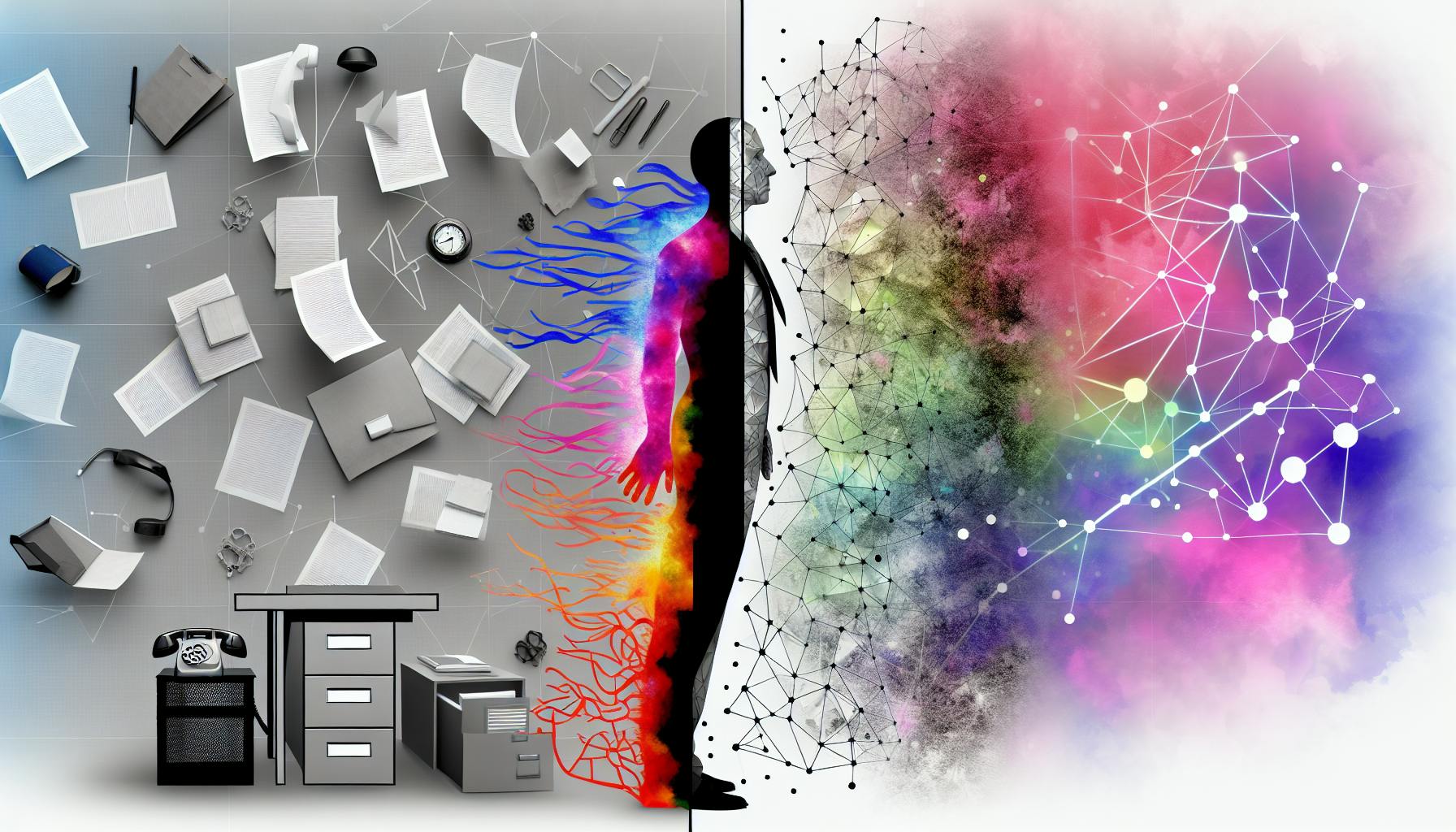
Diversity, Equity, and Inclusion (DE&I) are not just buzzwords; they are essential components of a modern workplace that aspires to be vibrant, dynamic, and innovative. The recent data from State of Work today provides a stark insight into how DE&I commitments can impact recruitment. It reveals that a significant number of potential employees in the USA (51%), Canada (72%), and Europe (76%) agree that an organization's commitment to DE&I is a decisive factor in their job application decisions.
The case of the job listing for a "Parts Counter Salesman" at Triple Crown Ford is a striking example of how DE&I considerations are not just a moral imperative but also a strategic one. The title itself, "Salesman," signals a gender-specific role, which could discourage a wide range of applicants who might feel that the position is not meant for them. Despite the posting being live for three months on LinkedIn, the position attracted zero applicants, which highlights a disconnect between the job description and the expectations of the modern workforce.

For senior HR professionals, this serves as a cautionary tale. The language and terminology used in job postings must be scrutinized to ensure they are inclusive and gender neutral. Instead of 'Salesman,' titles like 'Sales Associate' or 'Parts Counter Representative' can be more inviting and reflective of a company's commitment to DE&I.
When a company's job descriptions and postings reveal an unconscious bias or a lack of commitment to DE&I, it doesn't just limit the pool of applicants; it may actually alienate the top talent who prioritize these values. This could result in a homogeneous workforce, which is a detriment in a world where diverse perspectives drive innovation and growth.

In crafting job descriptions, it's crucial to avoid language that could be subtly discriminatory or that suggests a preference for a certain demographic. This includes terms that might unconsciously appeal to one gender over another, or phrases that could deter applicants from diverse educational backgrounds or life experiences. It's not just about avoiding negatives, but also about actively signaling inclusivity, such as by stating a commitment to building a diverse team or by including a diversity statement.
Moreover, a genuine commitment to DE&I extends beyond recruitment. It encompasses career development, promotion paths, and the cultivation of an inclusive company culture where every employee feels valued and supported. Senior HR professionals must advocate for policies and practices that reinforce this commitment at all levels of the organization. This might include diversity training, mentorship programs, and regular reviews of hiring and promotion practices to identify and eliminate biases.
To attract a wide range of applicants, companies must also consider the platforms they use to advertise positions. Utilizing diverse job boards and recruitment channels can help reach a broader audience. Inclusion is also about accessibility; ensuring that job postings are accessible to people with disabilities, for instance, is a key part of this.
In conclusion, DE&I are critical to the modern workforce, not only for moral and ethical reasons but also for practical business outcomes. A diverse workforce is a strong workforce, and a company's public commitment to these principles can significantly affect its ability to attract top talent. Senior HR professionals have the responsibility and the opportunity to lead the charge in making DE&I more than a statement of intent, but a visible, vibrant reality in their organizations.
Learn more about our AI-powered DE&I bias detection solution here or visit our website: https://hrbrain.ai/deibias/. Read our #Stateofworktoday report by visiting Stateofworktoday.com #DEIbiasdetection
